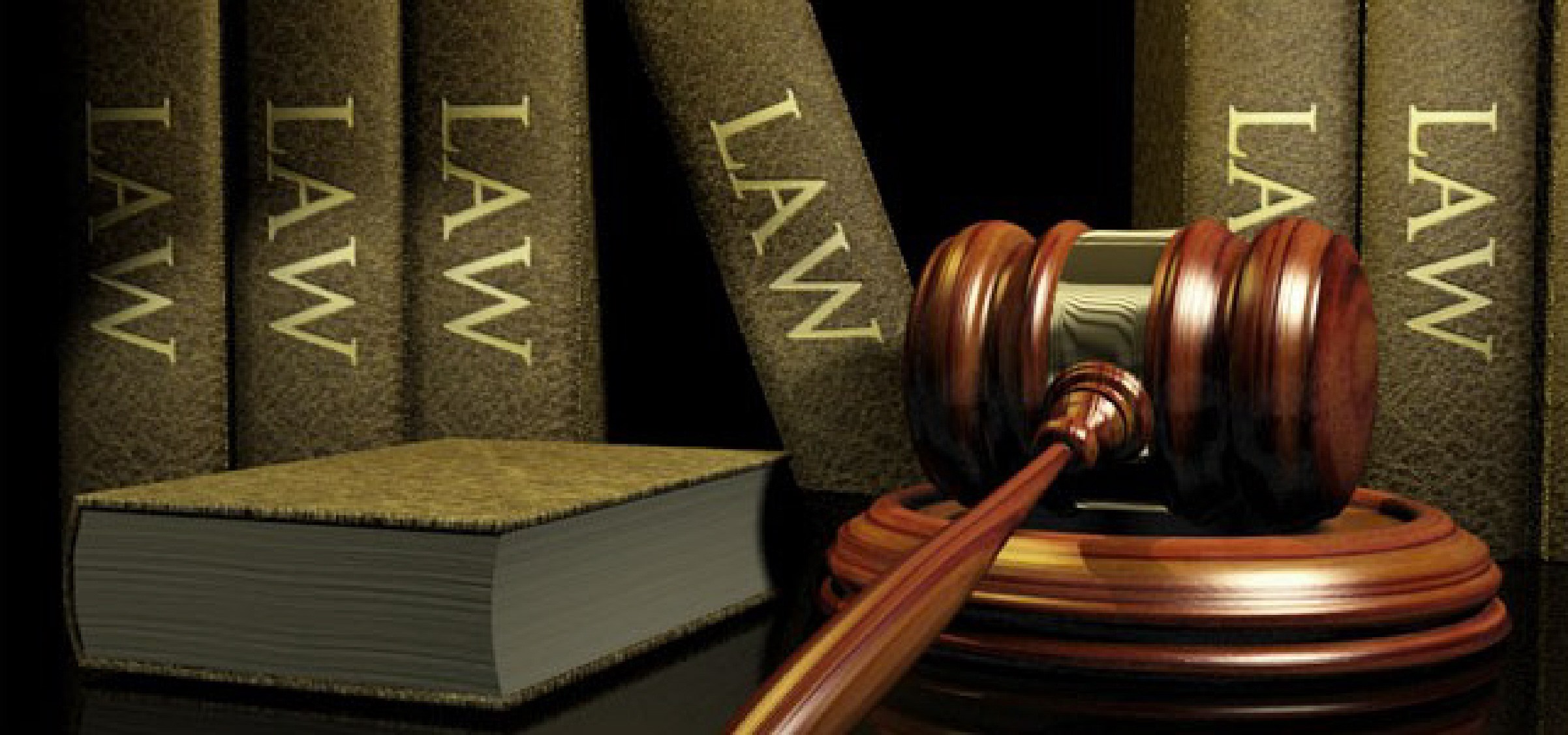
Naval Architecture and Ocean Engineering
A career in naval architecture and ocean engineering is an exciting and dynamic field that combines the principles of engineering and design to create structures and systems for navigation and exploration of the ocean. Naval architects and ocean engineers play a vital role in the development and construction of various marine vessels, underwater structures, offshore platforms, and systems.
Naval architecture and ocean engineering are interrelated disciplines that deal with the design, construction, and maintenance of ships, boats, and offshore structures. While naval architecture primarily focuses on the design and construction of maritime vessels, ocean engineering covers a broader range of activities related to the utilization and protection of ocean resources.
Naval architecture encompasses several key areas, including ship design, hydrodynamics, stability, structures, propulsion systems, and safety regulations. Naval architects are responsible for designing ships and ensuring their performance, efficiency, safety, and stability in various conditions. They also play a crucial role in incorporating innovative technologies and materials to enhance vessel performance and minimize environmental impact.
On the other hand, ocean engineering is concerned with the development and application of engineering methods and technologies for offshore structures such as oil and gas platforms, renewable energy devices, subsea pipelines, and underwater vehicles. Ocean engineers work on projects related to marine resource extraction, coastal protection, environmental monitoring, and even underwater archaeology. They utilize their expertise in areas like fluid mechanics, structural analysis, geotechnical engineering, and construction techniques to tackle the unique challenges posed by the marine environment.
Both naval architecture and ocean engineering require a multidisciplinary approach, integrating scientific knowledge, mathematical modeling, computer-aided design, and advanced engineering
Role Desciption
Naval architects and ocean engineers are responsible for a range of tasks, including:
- Designing and developing marine vessels, such as ships, submarines, and offshore platforms.
- Conducting feasibility studies and analyzing technical specifications for maritime projects.
- Ensuring compliance with safety, regulatory, and environmental standards.
- Conducting research and development to improve marine technologies and systems.
- Collaborating with engineers, technicians, and other professionals to oversee the construction and installation of marine systems.
- Performing simulations and tests to evaluate the performance and stability of marine structures.
- Providing technical expertise and support during the operation and maintenance of marine systems.
Eligibility
- 10+2 in science with PCM
- Bachelor’s degree in Naval architecture and ocean engineering/ Marine engineering/ mechanical engineering/ civil engineering
- Master’s degree in Naval architecture and ocean engineering
Pros/Cons
Pros:
- Exciting and challenging work in a dynamic field.
- Opportunities for innovation and technological advancements.
- High demand for qualified professionals.
- Possibility of working on diverse projects and with international clients.
- Potential for career growth and specialization.
Cons:
- Can involve working in demanding environments such as offshore locations or shipyards.
- Requires continuous learning and staying updated with technological advancements.
- Can involve significant travel and time away from home.
- Can be physically demanding, especially during construction and testing phases.
Leading Professions
View All
Naval Architect
Naval architects are inv...
6.0LPA

Marine Engineer
Marine engineers work cl...
11.0LPA

Structural Engineer
Structural engineers in ...
10.0LPA

Oceanographic Engineer
Oceanographic engineers ...
16.0LPA

Offshore Engineer
Offshore engineers speci...
10.0LPA

Coastal Engineer
Coastal engineers focus ...
11.0LPA

Shipbuilding Engineer
Shipbuilding engineers o...
11.0LPA
CAREER VIDEOS
Career Path
10+ 2 in science stream with PCM
1 Steps
Skills
Recruitment Area
Marine and shipbuilding industries ,
Offshore oil and gas exploration companies ,
Naval defense organizations ,
Research and development institutions ,
Consulting firms specialized in marine engineering ,
Government agencies and regulatory bodies ,
Academic institutions as faculty or researchers .
Recruiters
Larsen and Toubro ,
Mazagon Dock Shipbuilders Limited ,
Hindustan Shipyard Limited ,
Bharat Heavy Electricals Limited (BHEL) ,
Indian Navy ,
Indian Coast Guard ,
Oil and Natural Gas Corporation (ONGC) ,
National Institute of Ocean Technology (NIOT) ,
Marine Engineering and Research Institute (MERI) ,
Tolani Maritime Institute .
Explore Colleges
Exams & Tests
Interested? Take the next step for this career
10+ 2 in science stream with PCM
- 1 Steps
Skills Needed
Exams and Tests
Recruitment Area
Marine and shipbuilding industries ,
Offshore oil and gas exploration companies ,
Naval defense organizations ,
Research and development institutions ,
Consulting firms specialized in marine engineering ,
Government agencies and regulatory bodies ,
Academic institutions as faculty or researchers .
Recruiters
Larsen and Toubro ,
Mazagon Dock Shipbuilders Limited ,
Hindustan Shipyard Limited ,
Bharat Heavy Electricals Limited (BHEL) ,
Indian Navy ,
Indian Coast Guard ,
Oil and Natural Gas Corporation (ONGC) ,
National Institute of Ocean Technology (NIOT) ,
Marine Engineering and Research Institute (MERI) ,
Tolani Maritime Institute .



















